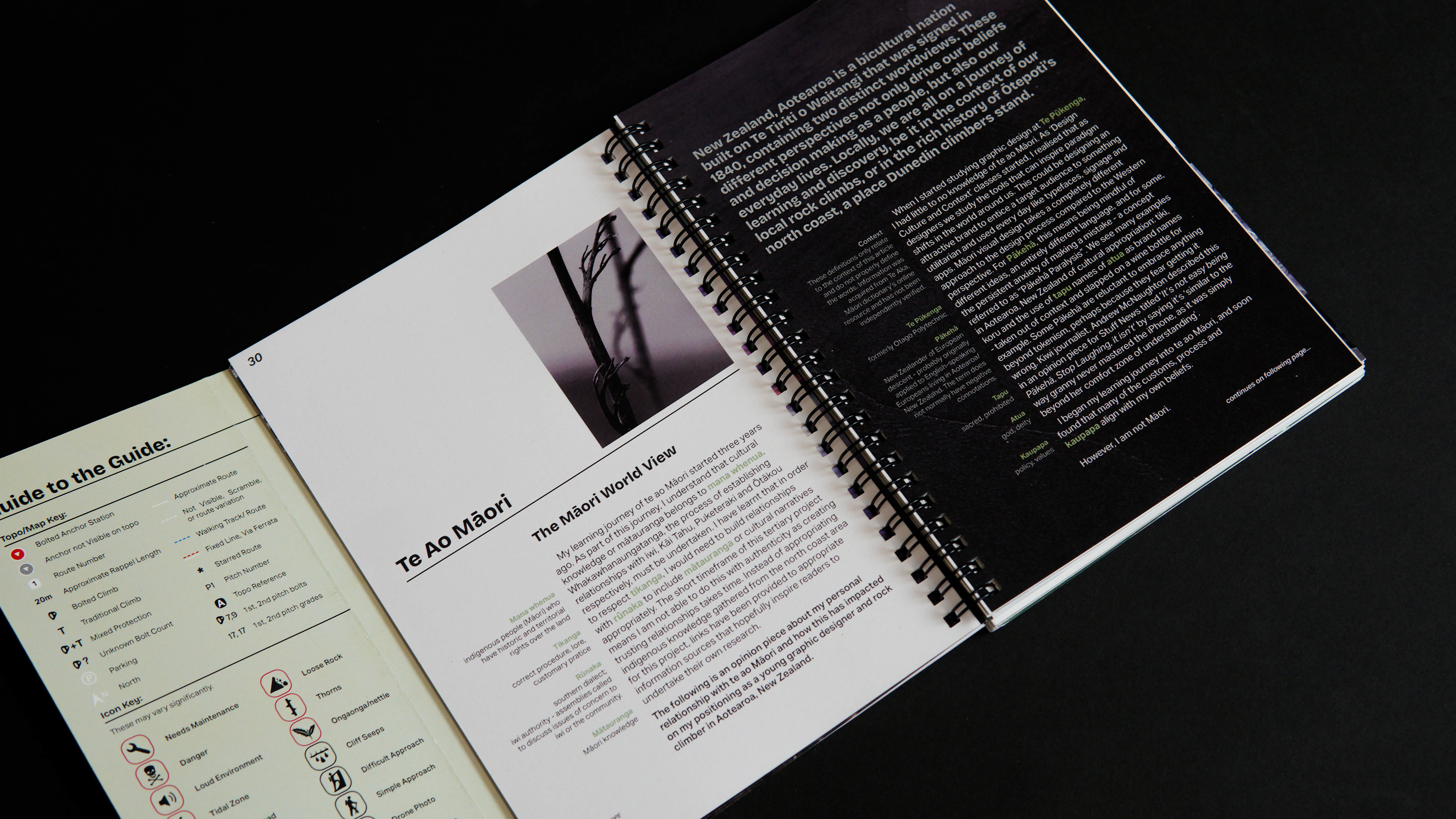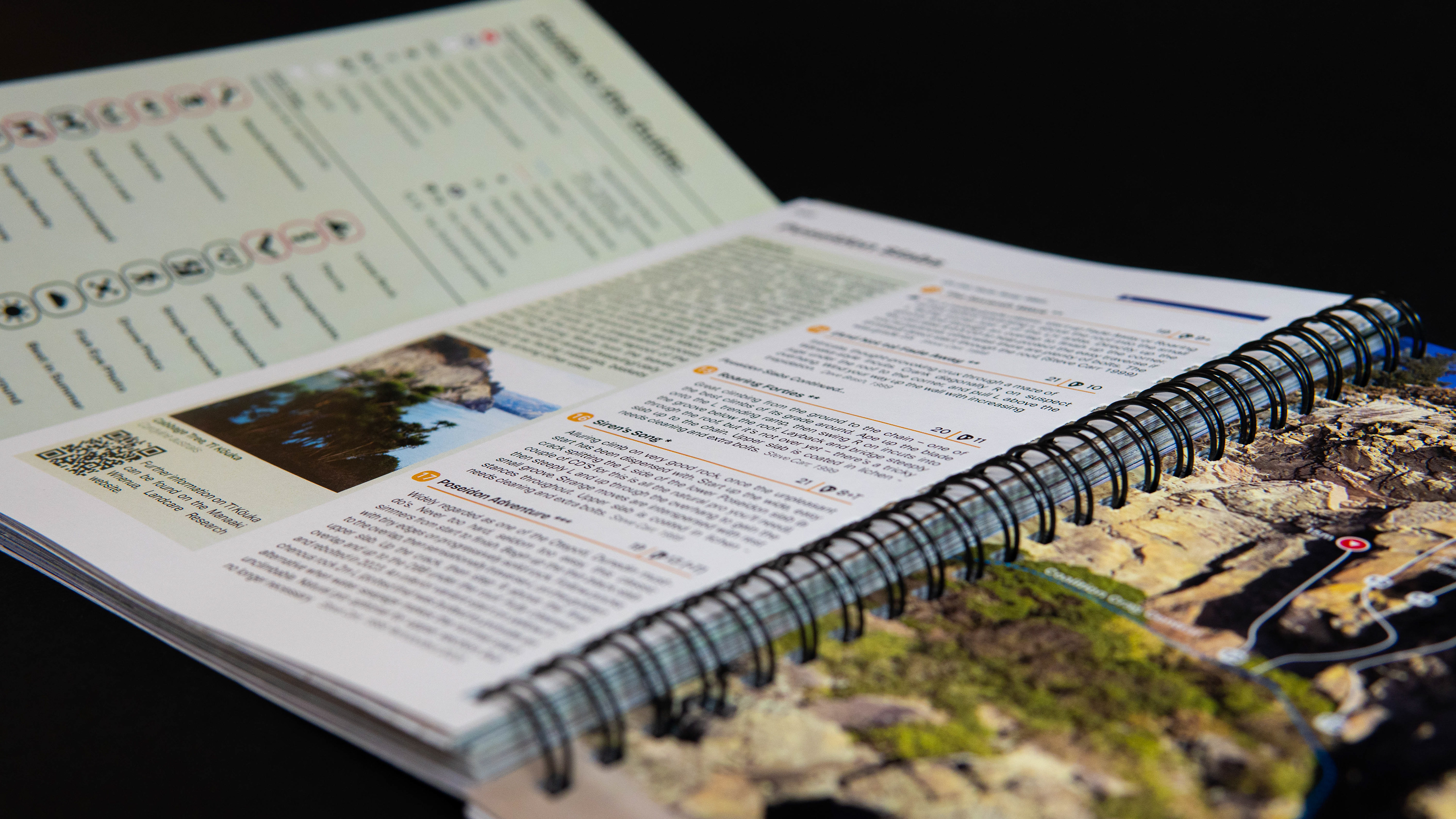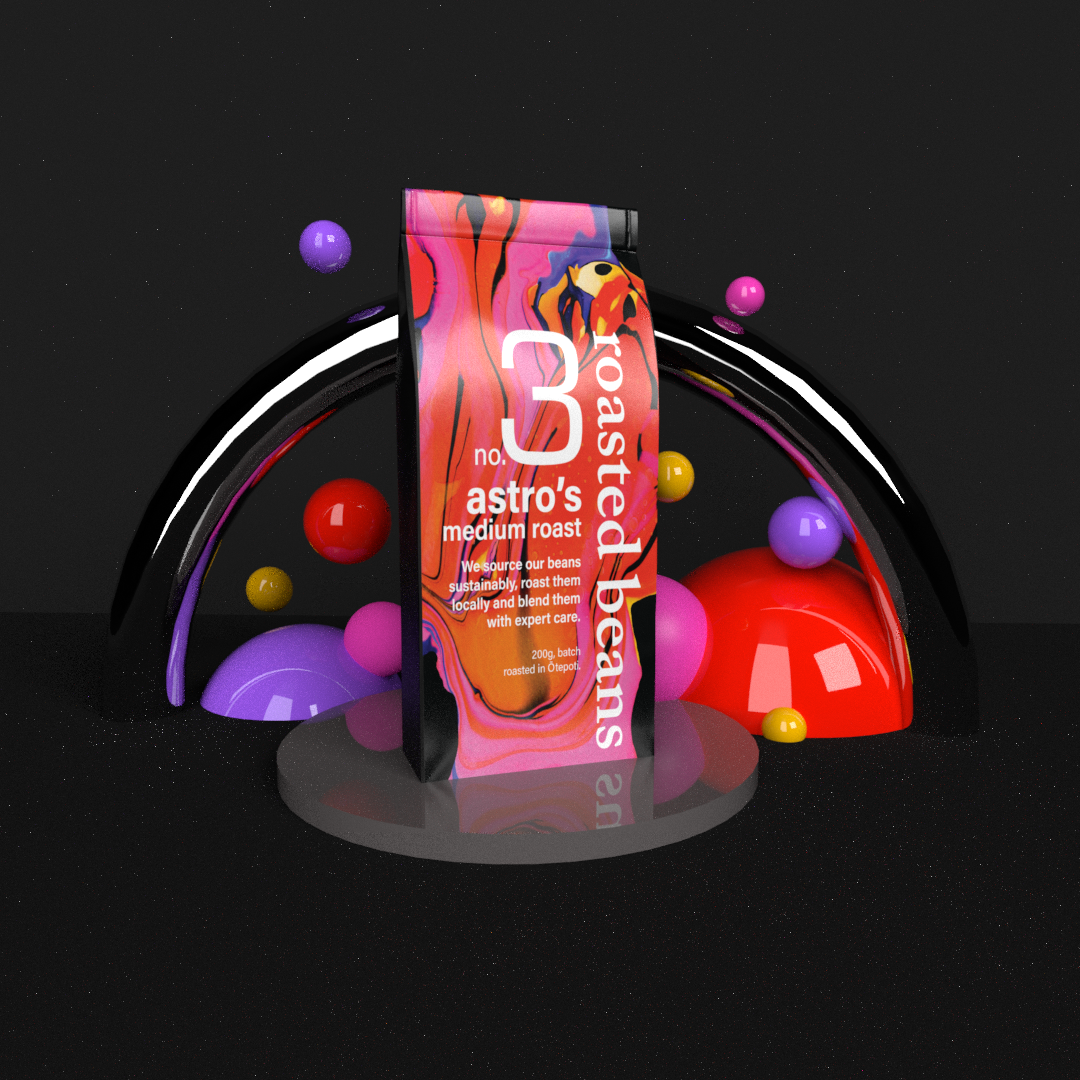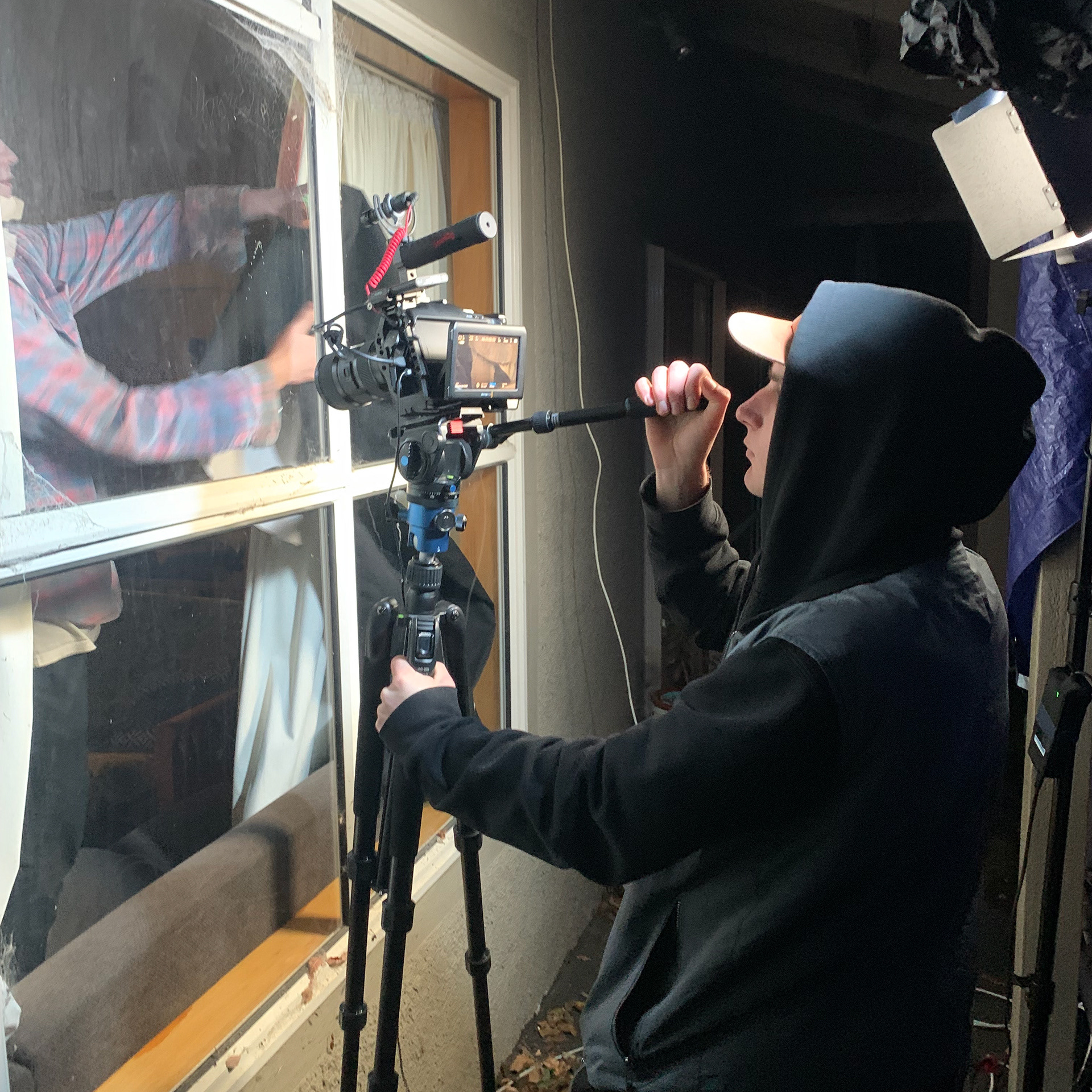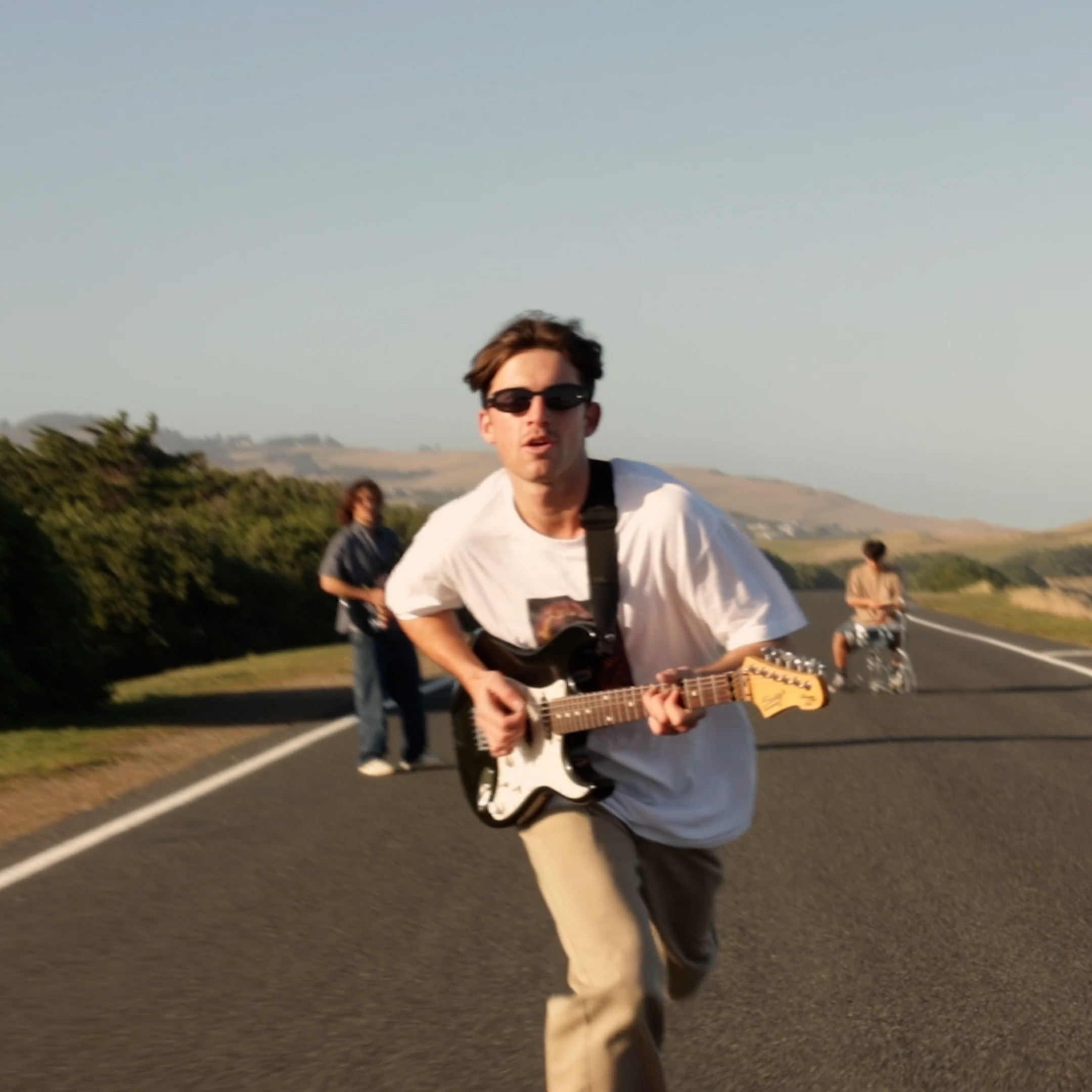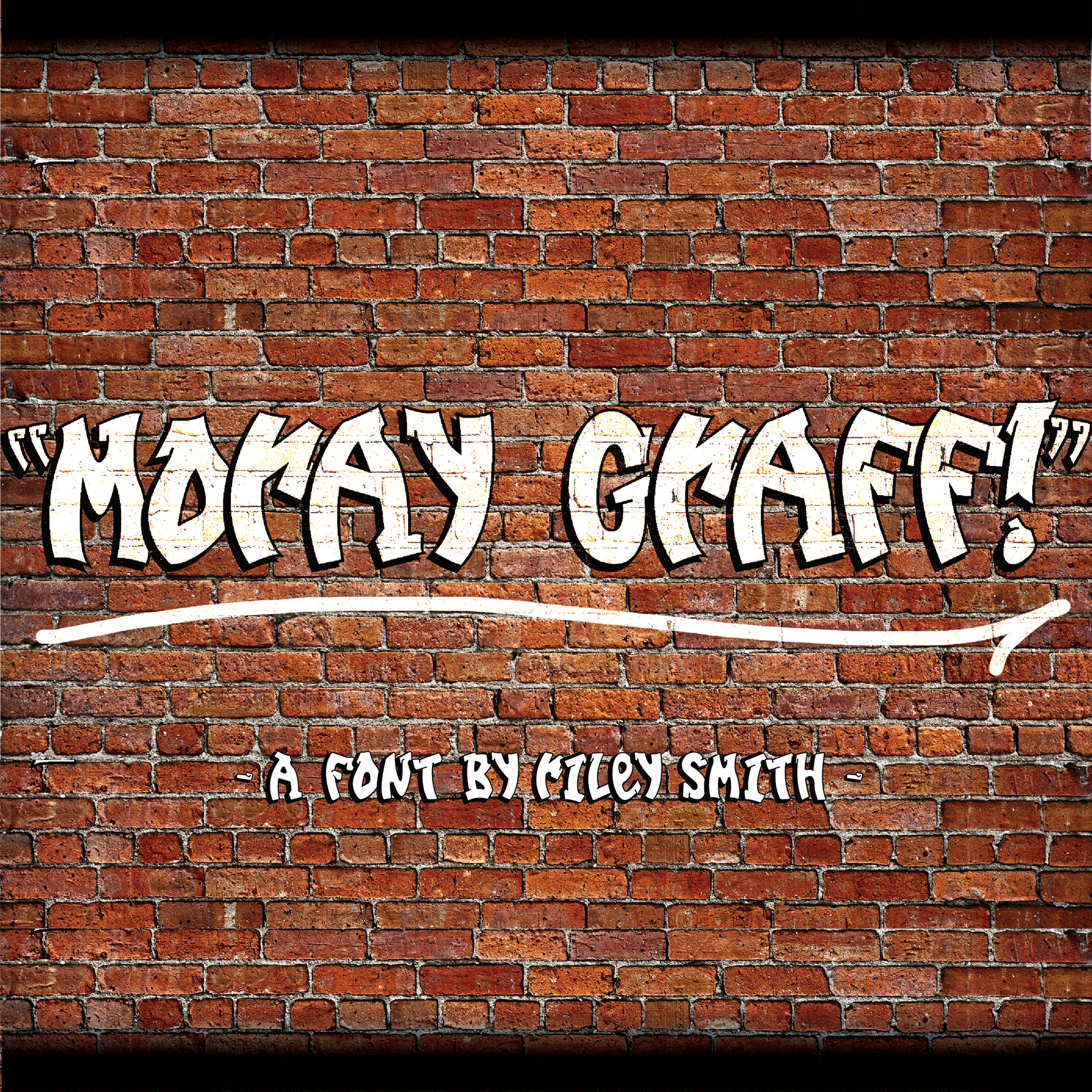Dunedin climbers have not had a guidebook for over 20 years and therefore, the recent surge in popularity of the sport is an undeniable safety issue. My project, Mystery Cliffs, looks back at the past to guide the future; sharing a wealth of knowledge from the local community through a variety of viewpoints in order to educate the next generation of climbers on the wider context of Ōtepoti’s coastal cliffs. The past nine months have exponentially increased the appreciation and passion I have for being a climber in Ōtepoti, Aotearoa, and I am looking forward to sharing this with others.
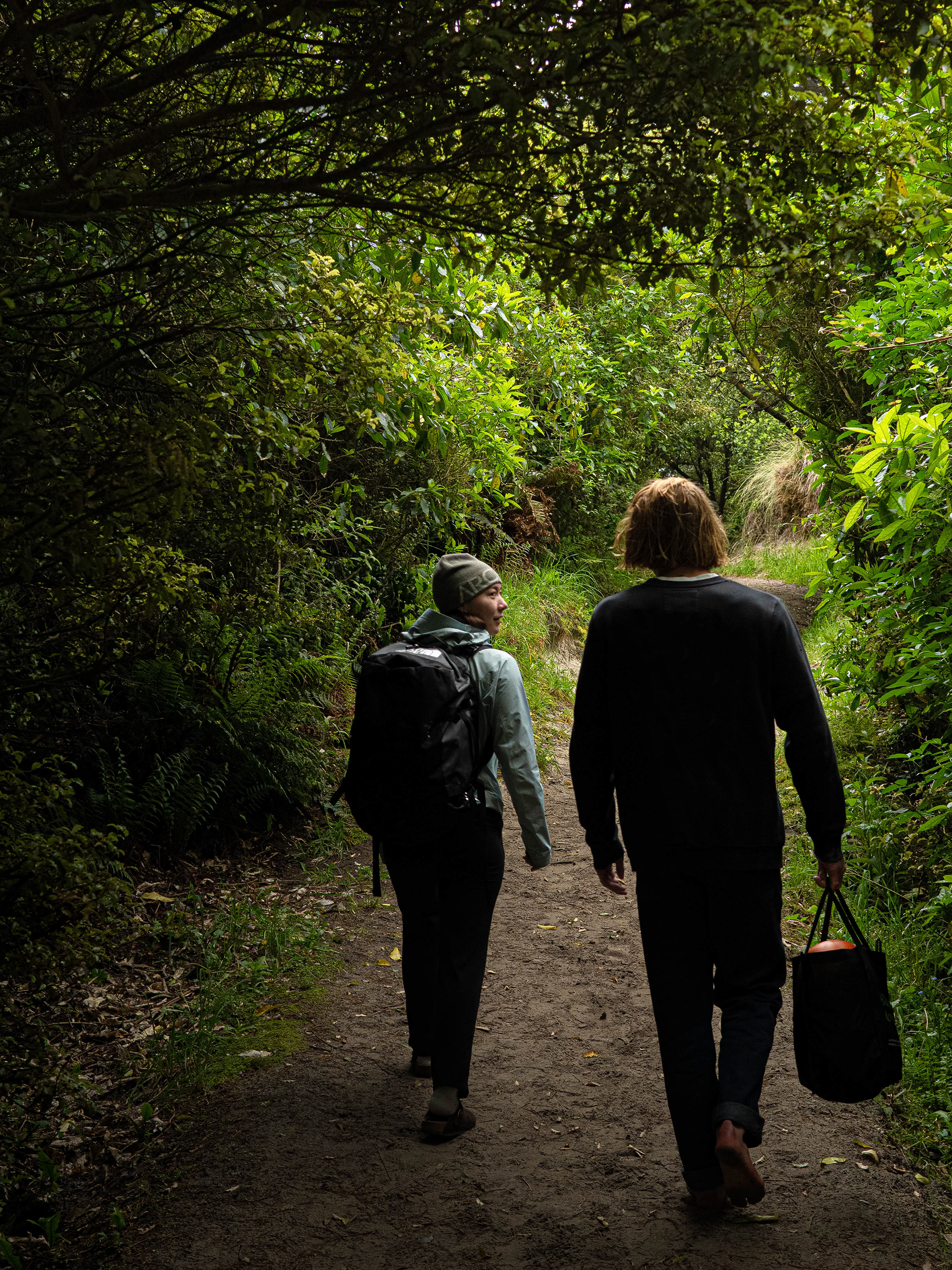
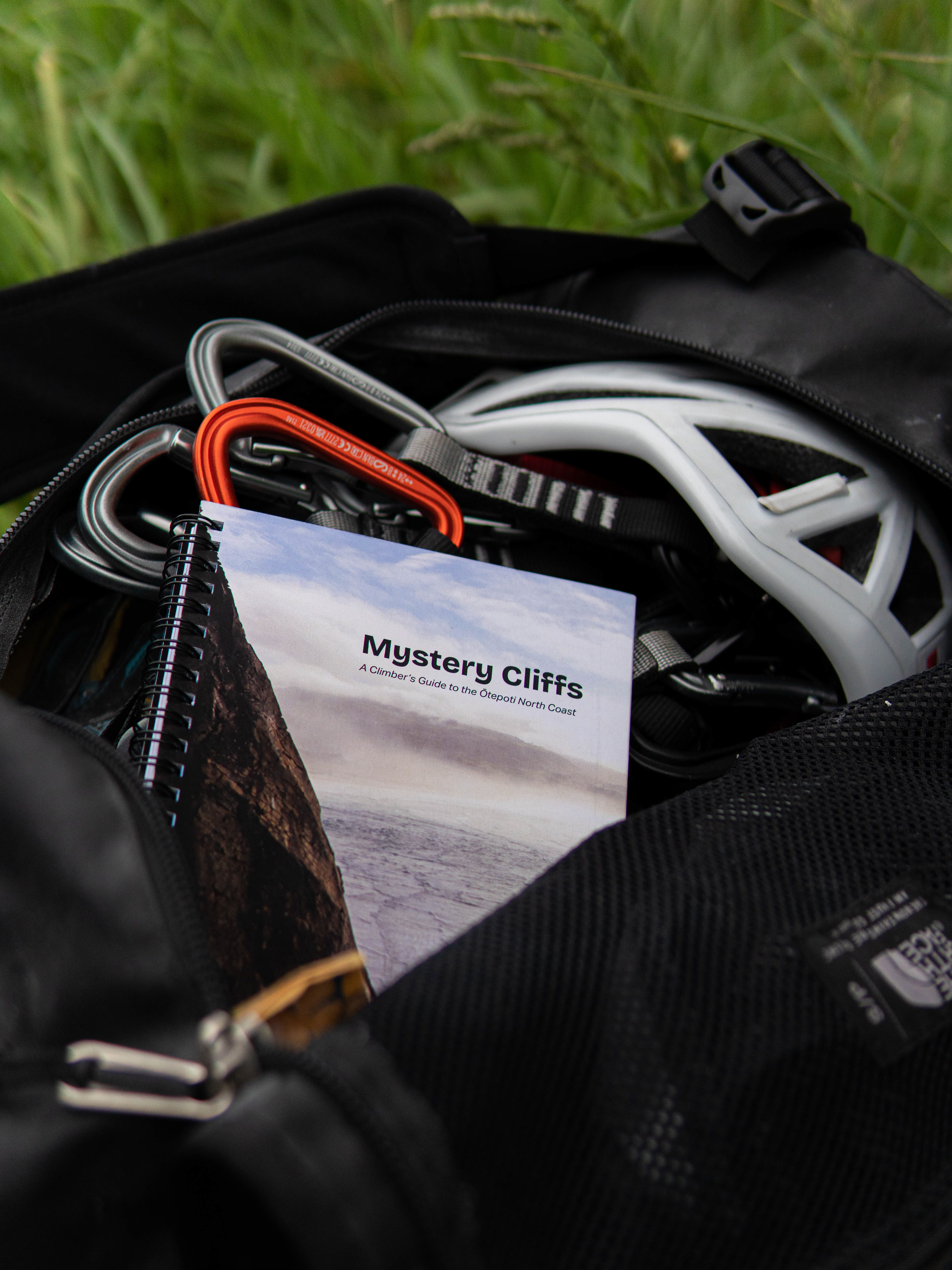


So if the cliffs are more dangerous than most, why should a new book be created? What is special about the cliffs here are the narratives that surround them; Māori history is very strong in the area and since the early 1800’s, European influence has also shaped the coast. Being inspired by Design Culture and Context classes in year 1 and 2, I was able to begin opening my eyes more to the multiple viewpoints experienced in the area. The value of the North Coast to Ōtepoti, Dunedin is huge - but in my opinion, putting these beaches on a pedestal much like typical advertising by the city, really misses the point.
The users of the guide are a mixture of veterans who have been climbing at the beaches for more than 50 years, through to a brand new wave of climbers coming out of Resistance Climbing Gym, as well as the associated boom of climbing throughout the motu and the globe. There are two types of content necessary to produce. Firstly, and most importantly, the climbing information - which needs to be as accurate as possible (needed a severe update since the last in 2000). This needed to be easy to understand (hence why I followed the traditional layout), accurate, and also aesthetic. Secondly, outside information was required. These are the cultural narratives, local histories and scientific explanations that tie the guide to the whenua, as well as inspire much more user engagement with the project. The focus is still on rock climbing however, and climbers are directed to outside links (QR) for opportunities to learn more about the mentioned topics.
I am fortunate to have been brought up by this climbing community, and feel that the pre-formed connections throughout the community was essential to the success of this project. I was also able to extend my reach through becoming more active at Resistance, my job, where I constantly meet new climbers. In September, I was also elected chairperson of the local Alpine Club, furthering the links between the guide and the users, as well as hopefully connecting and benefiting more people with the resources of the club.
The proposed deliverable for this phase is a physical guide covering three areas found within the Kāti Huirapa Rūnaka ki Puketeraki rohe. These are: Long Beach - Wharewerawera, Māpoutahi (Pūrākaunui) and Doctors Point - Ōtama Kaipapa. This leaves the option to continue with the project in 2024, further refining the 2023 edition, as well as adding three additional areas. It would also give an opportunity to improve on the 2023 project by user testing these copies over the 23/4 summer.
